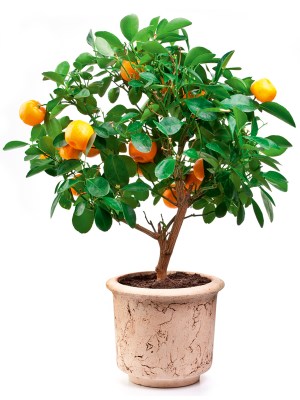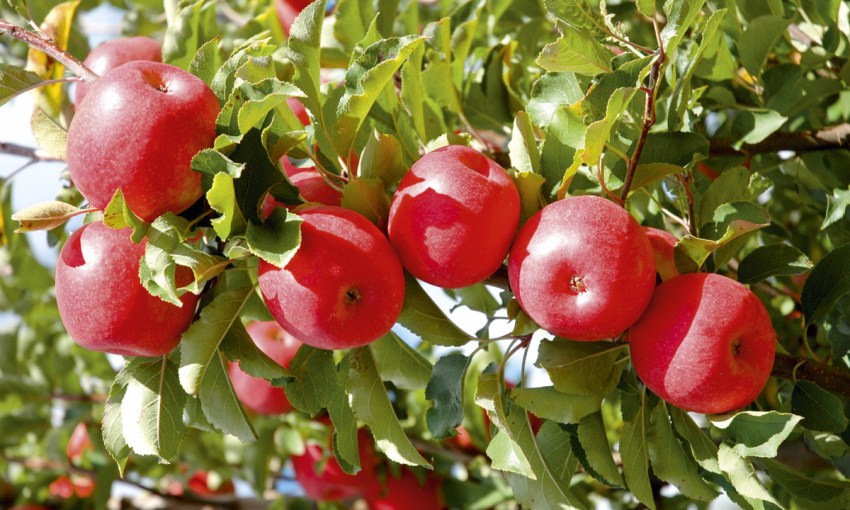Although small in stature, dwarf fruit trees produce full-size fruit and open up big possibilities for starting your own backyard orchard.
Dwarf fruit trees: Small blessings

Gone are the days when you needed lots of space to grow a productive garden full of fruit trees. With the breeding of dwarf fruit trees, home orchards are for everyone – even courtyard gardeners.
Although dwarf fruit trees aren’t entirely new on the market, the amount of varieties available has exploded in recent years, especially with the introduction of dwarf stone fruit. Previously, if you wanted a dwarf fruiting tree you were generally limited to varieties of citrus or apples.
Now we are spoilt for choice, with almost every type of fruit available as a dwarf tree. Dwarf peaches, nectarines, apricots, cherries, pears, plums, apples, oranges, lemons and mandarins are now a regular sight in good garden centres.
Now, what is a dwarf fruit tree? A dwarf fruit tree is a regular variety of fruit tree that has been grafted on to a dwarf rootstock, although some varieties are naturally occurring dwarf types.
Does it mean that you’ll get dwarf-sized fruit? No, not at all. The fruit from a dwarf tree will still be the same size as that from a normal fruit tree. It will also taste the same and you’ll even get the same amount of fruit as you would from a regular-sized tree.

So why have a dwarf fruit tree then? The obvious advantage of a dwarf fruit tree is of course its size – or lack of it. With most household gardens getting smaller, a dwarf will take up less space. So instead of having just one or two fruit trees, you could instead turn your back yard into a home orchard.
Having smaller trees and more varieties in your yard is especially important when you take into account the fact that many varieties of fruit trees – apples, pears and plums in particular – require cross pollination from another variety to produce fruit. So unless your neighbour has a pollinator you won’t get any fruit.
Being smaller growing, dwarf fruit trees are easier to prune and require less pruning than regular fruit trees. You can prune a regular fruit tree to keep it smaller, but it requires more work and effort. Dwarf trees are easier to cover with bird netting and no ladders are required when the time comes to harvest your fruit.
If you don’t have a garden at all, dwarf fruit trees are great for growing in pots and will happily grow in a container such as a half wine barrel. A container-grown fruit tree will usually need a bit more water and fertiliser as they have a more restricted root system than a tree grown in the ground, so make sure you use a premium potting mix and fertilise regularly.

To care for your dwarf fruit trees, look after them just as you would a normal fruit tree. Water regularly during warm weather, fertilise at least once a season (except winter if your fruit trees are deciduous and lose their leaves) and prune to size and shape to keep them tidy.
As well as being a productive tree in your garden, dwarf fruit trees can also be beautifully ornamental with their spring flower blossoms and colourful fruit. This is especially so if you get a bit creative and espalier them along a fence line or topiary them into shapes.
All good reasons to go along to your local garden centre this winter and see what’s new in the ever-growing world of dwarf fruit trees.
This story first appeared in the winter 2019 issue of SALIFE Gardens & Outdoor Living magazine.



